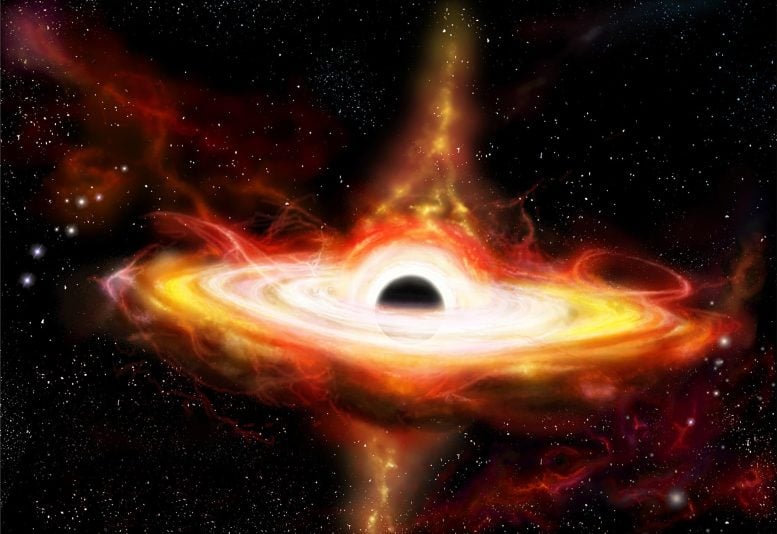
The James Webb Space Telescope has unveiled starlight from two ancient galaxies with quasars, less than a billion years post-Big Bang, revealing black holes with masses nearly a billion times that of the Sun. This groundbreaking discovery prompts questions about the early universe and the formation sequence of supermassive black holes and galaxies.
The James Webb Space Telescope has unveiled images that show, for the first time, starlight from two colossal galaxies with actively growing black holes, known as quasars, observed less than a billion years after the Big Bang.
A recent study, published in the journal Nature, indicates that black holes have masses close to a billion times that of the Sun, and the host galaxy masses are almost one hundred times larger, a ratio similar to what is found in the more recent universe. A powerful combination of the Subaru Telescope and the JWST has paved a new path to study the distant universe.
The existence of such massive black holes in the distant universe has created more questions than answers for astrophysicists. How could these black holes grow to be so large when the universe was so young? Even more puzzling, observations in the local universe show a clear relation between the mass of supermassive black holes and the much larger galaxies in which they reside. The galaxies and the black holes have completely different sizes, so which came first: the black holes or the galaxies? This is a “chicken-or-egg” problem on a cosmic scale.

JWST NIRCam 3.6 μm image of HSC J2236+0032. The zoom-out image, the quasar image, and the host galaxy image after subtracting the quasar light (from left to right). The image scale in light years is indicated in each panel. Credit: Ding, Onoue, Silverman, et al.
An international team of researchers, led by Kavli Institute for the Physics and Mathematics of the Universe (Kavli IPMU) Project Researcher Xuheng Ding and Professor John Silverman, and Peking University Kavli Institute for Astronomy and Astrophysics (PKU-KIAA) Kavli Astrophysics Fellow Masafusa Onoue have started to answer this question with the James Webb Space Telescope (JWST), launched in December 2021.
Studying the relation between host galaxies and black holes in the early universe allows scientists to watch their formation, and see how they are related to one another.
Quasars are luminous, while their host galaxies are faint, which has made it challenging for researchers to detect the dim light of the galaxy in the glare of the quasar, especially at great distances. Before the JWST, the Hubble Space Telescope was able to detect host galaxies of luminous quasars when the universe was just under 3 billion years old, but no younger.
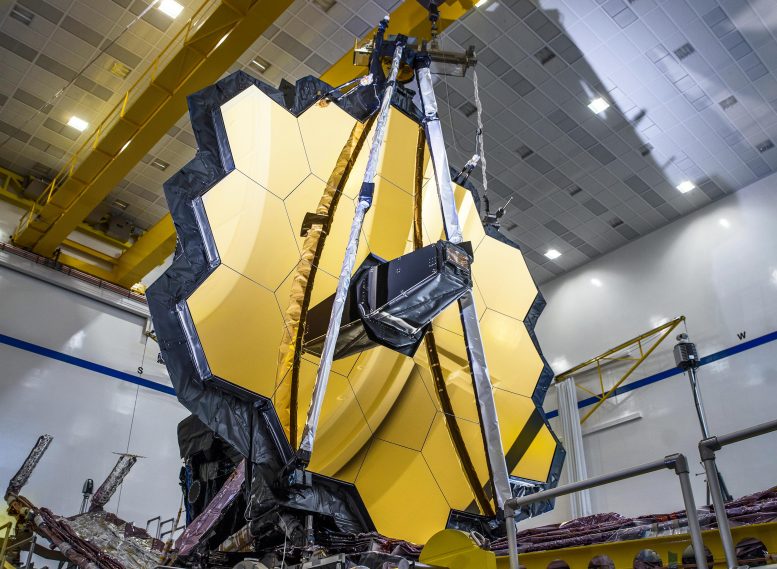
NASA’s James Webb Space Telescope fully deployed its primary mirror into the same configuration it will have when in space. Credit: NASA/Chris Gunn
The superb sensitivity and the ultra-sharp images of the JWST at infrared wavelengths finally allowed researchers to push these studies to the time when the quasars and galaxies first formed. Just a few months after JWST started regular operations, the team observed two quasars, HSC J2236+0032, and HSC J2255+0251, at redshifts 6.40 and 6.34 when the universe was approximately 860 million years old.
These two quasars were discovered in a deep survey program of the 8.2m-Subaru Telescope on the summit of Maunakea in Hawai’i. The relatively low luminosities of these quasars made them prime targets for measurement of the host galaxy properties, and the successful detection of the hosts represents the earliest epoch to date at which starlight has been detected in a quasar.
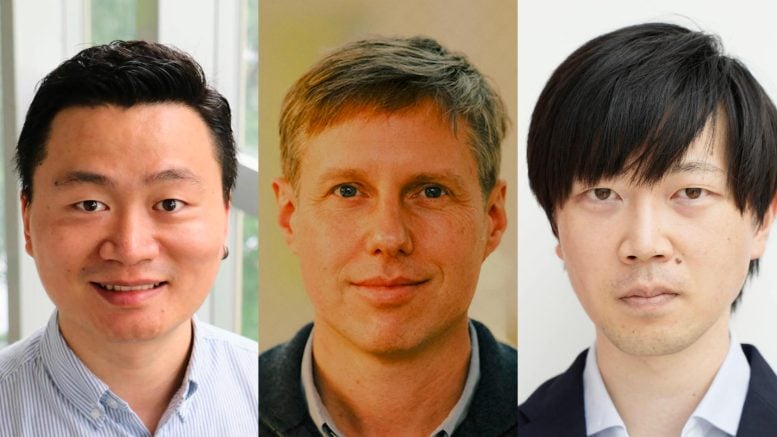
Kavli IPMU Project Researcher Xuheng Ding, Professor John Silverman, and Kavli Institute for Astronomy and Astrophysics (PKU-KIAA) Kavli Astrophysics Fellow Masafusa Onoue (from left). Credit: Kavli IPMU, Kavli IPMU, Masafusa Onoue
The images of the two quasars were taken at infrared wavelengths of 3.56 and 1.50 microns with JWST’s NIRCam instrument, and the host galaxies became apparent after carefully modeling and subtracting glare from the accreting black holes. The stellar signature of the host galaxy was also seen in a spectrum taken by JWST’s NIRSPEC for J2236+0032, further supporting the detection of the host galaxy.
Analyses of the host galaxy photometry found that these two quasar host galaxies are massive, measuring 130 and 34 billion times the mass of the Sun, respectively. Measuring the speed of the turbulent gas in the vicinity of the quasars from the NIRSPEC spectra suggests that the black holes that power them are also massive, measuring 1.4 and 0.2 billion times the mass of the Sun. The ratio of the black hole mass to host galaxy mass is similar to those of galaxies in the more recent past, suggesting that the relationship between black holes and their hosts was already in place 860 million years after the Big Bang.
Ding, Silverman, Onoue, and their colleagues will continue this study with a larger sample using scheduled Cycle 1 JWST observations, which will then further constrain models for the coevolution of black holes and their host galaxies. The team recently learned that they have been awarded additional time for JWST in its next cycle to study the host galaxy of J2236+0032 in much more detail.
Reference: “Detection of stellar light from quasar host galaxies at redshifts above 6” by Xuheng Ding, Masafusa Onoue, John D. Silverman, Yoshiki Matsuoka, Takuma Izumi, Michael A. Strauss, Knud Jahnke, Camryn L. Phillips, Junyao Li, Marta Volonteri, Zoltan Haiman, Irham Taufik Andika, Kentaro Aoki, Shunsuke Baba, Rebekka Bieri, Sarah E. I. Bosman, Connor Bottrell, Anna-Christina Eilers, Seiji Fujimoto, Melanie Habouzit, Masatoshi Imanishi, Kohei Inayoshi, Kazushi Iwasawa, Nobunari Kashikawa, Toshihiro Kawaguchi, Kotaro Kohno, Chien-Hsiu Lee, Alessandro Lupi, Jianwei Lyu, Tohru Nagao, Roderik Overzier, Jan-Torge Schindler, Malte Schramm, Kazuhiro Shimasaku, Yoshiki Toba, Benny Trakhtenbrot, Maxime Trebitsch, Tommaso Treu, Hideki Umehata, Bram P. Venemans, Marianne Vestergaard, Fabian Walter, Feige Wang and Jinyi Yang, 28 June 2023, Nature.
DOI: 10.1038/s41586-023-06345-5

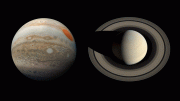
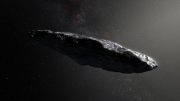
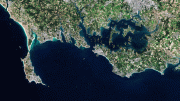
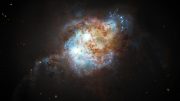

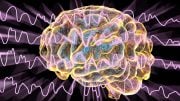

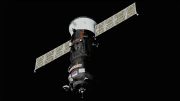
I am looking for my biological parents
A new cosmological framework has proposed this result, along with virtually all Webb’s discoveries in the very early universe, and more. A broad overview was published a year ago at the CERN preprint server (Zenodo):
https://zenodo.org/record/7226521#.ZHbS1XbMKHv
Here is also an abstract that outlines a different entry path to the same
story (through Einstein’s 1917 paper), which might be more familiar to more people.
Title: The Power of Extremal Universe: From Progenitor Supermassive Black Holes to JWST’s Early Universe
Daniel Ferenc, Department of Physics and Astronomy,
University of California, Davis, CA, USA
ABSTRACT:
We present a novel cosmological framework that distinguishes itself from established theories by correctly predicting the existence of structures observed by the James Webb Space Telescope (JWST) in the very early universe: supermassive black holes (SMBHs), mature galaxies, quasars, and even ultra-compact clusters. This framework provides an equally coherent and natural explanation also for a number of other puzzling phenomena [1]. Although it may be considered radical (with respect to status quo ante), this framework is entirely based on rather old and well-known physical concepts: Einstein’s original Theory of General Relativity (without a cosmological constant), its Reissner-Nordström and Kerr-Newman solutions, the Christodoulou-Ruffini theory of charged black holes, Maxwell’s electrodynamics, and the Aharonov-Bohm effect. Our presentation will follow in the footsteps of Einstein’s famous 1917 article, up to the point in which he decides to modify Poisson’s equation for Newton’s gravitational potential by adding a cosmological-constant term without a known physical provenience. At this point, we recognize that it is the familiar Coulomb repulsion that can provide the needed anti-gravitating effect, even of the same form like Newton’s gravity. Instead of modifying the Newtonian Poisson equation, as Einstein did, we added another Poisson equation – for the Coulomb potential. This leads to a system of two Poisson equations, coupled by the ratio between the densities of mass and net charge. To explain the formation of the observed structures in the universe, we find that the universe must have been suspended in a local equilibrium between gravitational attraction and electrostatic repulsion, at least at the onset of the electromagnetic plasma epoch. In other words, the universe as a whole was extremally charged, i.e. Q/M = sqrt(4𝜋𝜖0𝐺) = 8.6∙10−11 𝐶/𝑘𝑔. (The extremal condition at the onset of the electromagnetic plasma epoch could have emerged along the matter-antimatter symmetry breakdown, or some other process governed earlier by pre-Standard-Model physics.) Extremal matter is indifferent to the presence of fluctuations independently of the shape and size, as long as the net charge is pinned to the mass. Primordial variations in local density of net charge and mass inevitably lead to decoupling of these two densities, as soon as that becomes possible, i.e. with the onset of the conductive electromagnetic plasma epoch. This decoupling then leads to creation of structures, starting with Christodoulou-Ruffini SMBHs. The second part of our presentation will focus on the structure-formation process (briefly summarized below). Our presentation will end with some exciting new links between our cosmology and the microscopic world.
The close-to-extremally charged Christodoulou-Ruffini SMBHs are formed in a process we named Electro-Gravitational Sinkhole Prolapse (EGSP). According to our initial estimates, all SMBHs were created approximately during the first year after the Big Bang, i.e. while the energy-mass density was still sufficiently high. The smallest SMBHs require higher energy-mass densities and they were formed first. We estimate that the lowest mass could be in the millions of solar masses, since the formation process had to compete against the rapidly falling density. This causality-enforced threshold is the origin of the observed gap in the mass spectrum of black holes – between the progenitor SMBHs, and the BHs formed later, in collapses and mergers within galaxies. During the recombination epoch, each progenitor SMBH formed a galaxy by a similar electro-gravitational process. To reach an equilibrium with the environment, the immobile, ‘point-like’ charge of the SMBH repels an equal amount of charge (electrons) from the surrounding volume, into the less charged outer space. This way, the mass of neutralized matter within a galaxy becomes proportional to the expelled charge, and thus to SMBH’s charge. Since the latter is coupled to SMBH’s mass through the extremal ratio, the mass of neutralized matter within each galaxy is ‘automatically’ correlated with the mass of its central black hole. Star formation starts immediately within locally neutralized matter, along with electron- and radiation-induced reionization of the medium outside the galaxy. Simultaneous generation of strong magnetic fields causes flattening of galaxies, and leads to their filamentary concatenation. The voids receive the net charge expelled from SMBH- and galaxy-formation volumes, and subsequently from the discharging quasars and AGNs, whose Christodoulou-Ruffini SMBHs radiate energized electrons at the expense of SMBH’s reducible mass (up to 50% of the total initial mass), as long as any charge is left. The matter within the voids thus becomes increasingly superextremal, which gradually increases the rate of acceleration of the expansion of the universe (possibly consistent with the recently observed ‘Hubble tension’). The repulsive, structure-formation-inhibiting superextremal void matter inflates ‘empty’ bubbles in the cosmic foam, and confines (in a seemingly non-local manner) exceedingly fast ordinary matter into extra-massive galaxies, and galactic clusters (all without dark matter and dark energy).